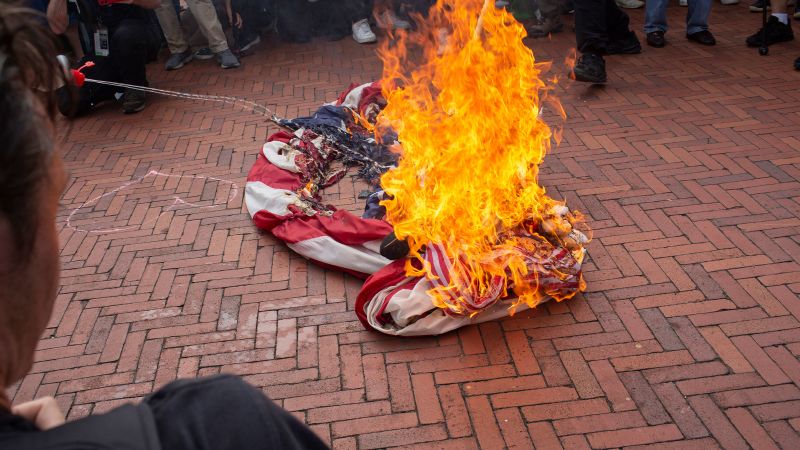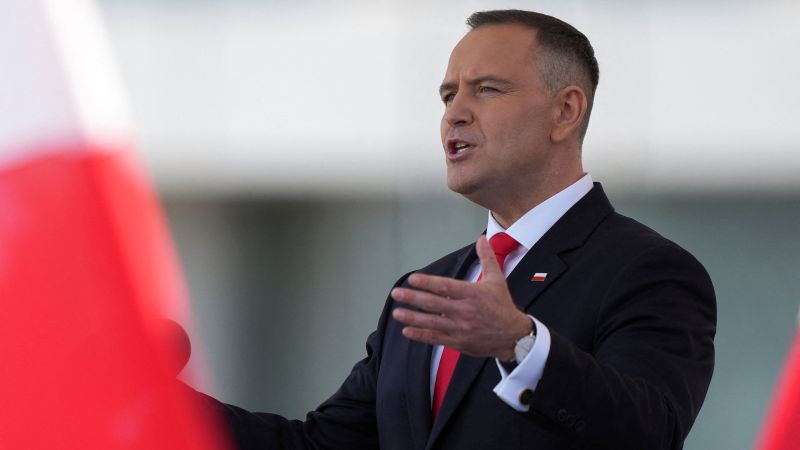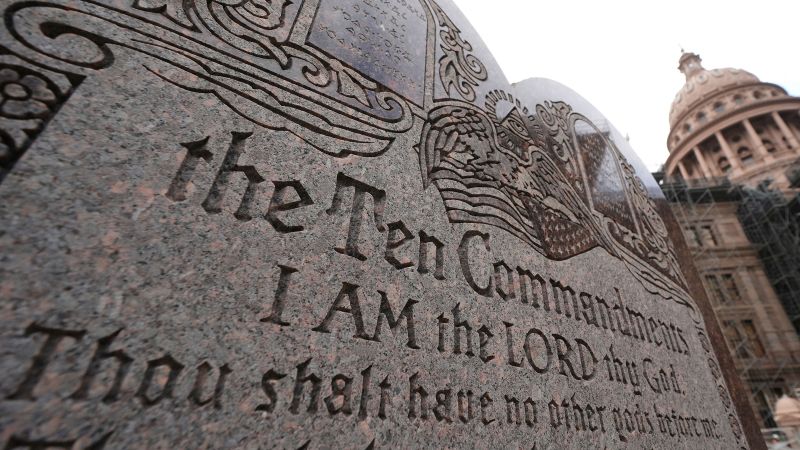
The Debate Over Flag Burning in America
Opinion | 8/25/2025
In a recent statement, President Donald Trump highlighted what he perceives as a significant issue surrounding the burning of the American flag within the country. Trump characterized this act as an “epidemic” that demands urgent consideration. This stance by the President has reignited a long-standing debate surrounding the constitutional protection of flag burning, a topic on which his views sharply contrast with the late Supreme Court Justice Antonin Scalia.
While President Trump advocates for addressing what he views as a widespread problem, his position faces a fundamental challenge rooted in legal precedent. The issue arises from the 1989 Supreme Court ruling in Texas v. Johnson, a landmark case that affirmed flag burning as a form of symbolic speech protected by the First Amendment. This ruling, a testament to the constitutional right to free expression, directly contradicts Trump’s call to address flag burning as a pressing concern.
The late Justice Antonin Scalia, known for his staunch conservative principles, played a pivotal role in shaping the legal landscape around flag burning. Scalia’s unwavering adherence to the originalist interpretation of the Constitution led him to concur with the majority in the Texas v. Johnson case, despite personal distaste for flag desecration. His position underscored the importance of upholding constitutional principles even in cases where the content of expression may be contentious.
In light of President Trump’s recent remarks on flag burning, legal experts and scholars anticipate renewed discussions on the delicate balance between safeguarding freedom of expression and addressing perceived threats to national symbols. While Trump’s stance resonates with some who share his concerns, it stands in stark contrast to the legal framework established by the Supreme Court, exemplified by Justice Scalia’s adherence to constitutional principles over personal sentiment. The intersection of these perspectives underscores the enduring relevance and complexity of First Amendment protections in the United States.


